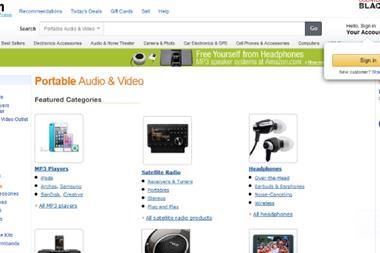In a break from its fixed-price model, Amazon is now allowing shoppers to negotiate lower prices with third-party sellers on its site.
The new Make an Offer feature is available on more than 150,000 items across sports and entertainment collectibles, collectible coins and fine art, and will expand to hundreds of thousands of items next year.
Although Amazon has described this as a “game-changer”, we have to remember that Make an Offer is limited to very distinct categories where negotiating would be the norm in a physical store or gallery environment.
It is also important to bear in mind the products it applies to are seriously high-ticket - they must be at least $100 (£64) to be eligible - and are generally one-offs.
A quick skim of Amazon’s website shows items ranging from a $500 (£320) autographed ‘Dexter’ knife to an original Pablo Picasso painting for $100,000 (£64,000).
In other words, don’t expect shoppers to start haggling over DVDs or toys any time soon.
It is entirely up to the seller to decide which, if any, items are eligible for negotiations. Sellers are then able to accept, reject or even counter the offer.
However, early tests from Amazon have shown that only about one quarter of offers are accepted.
Not an auction
Amazon was keen to point out that this is not an auction format. In other words, all negotiations are on a one-to-one basis and customers will never pay more than the listed price.
Amazon is clearly taking a leaf from eBay’s book, recognising an opportunity to expand on its existing strengths - range and immediacy - to start attracting shoppers who are hunting around for a deal.
The lines between auction house and online marketplace continue to blur. Amazon’s launch of Make an Offer is not unlike eBay’s very own Buy It Now feature, which now accounts for around two-thirds of sales.
Even traditional auction houses are testing the fixed-price model. Last month for example, Christie’s launched its Buy or Bid campaign.
In any case, we will be watching the new Amazon feature with interest. The main risks in our view are a degree of brand dilution and confusion among shoppers who could expect to see it rolled out to other more mainstream categories.


























No comments yet